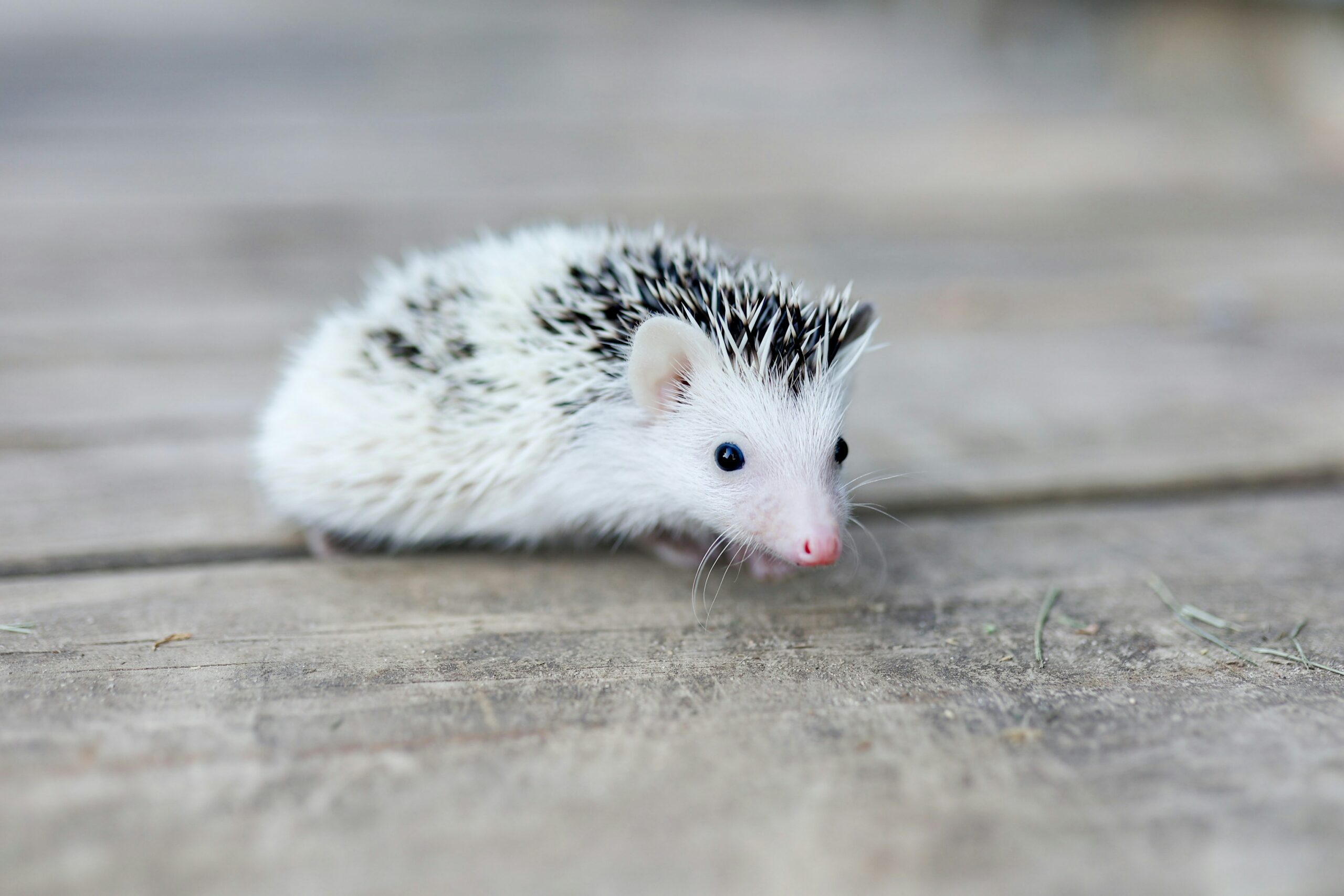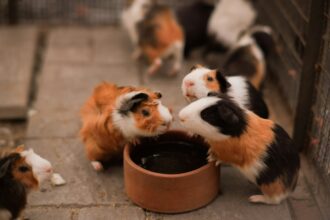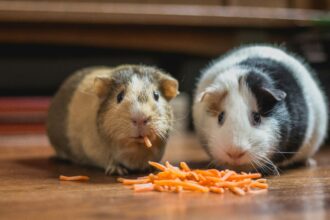When it comes to small pets like rabbits, guinea pigs, hamsters, and gerbils, feeding them might seem straightforward. But as any seasoned pet parent can tell you, there’s a big difference between what they can eat and what they should eat.
Whether you’re choosing the best guinea pig pellets, figuring out rabbit hay types, or making homemade hamster food, knowing what not to feed your furry friend is just as important as understanding what goes in the bowl.
Let’s break down the most common feeding mistakes — and how to avoid them — so you can build a safe, nourishing diet for your little companion.
1. Feeding the Wrong Hay (Or None at All)
Let’s start with rabbits. If there’s one thing that defines a healthy bunny diet, it’s hay. And yet, many first-time rabbit owners either don’t provide enough hay or choose the wrong kind.
- Alfalfa hay is great for baby rabbits due to its higher calcium and protein content, but it’s not ideal for adults. Too much calcium can lead to bladder sludge or stones.
- Timothy, orchard grass, or meadow hay are better choices for adults. They’re high in fiber and perfect for dental health.
Neglecting hay altogether is a major mistake. For rabbits, hay is not optional — it’s essential.
2. Offering Too Many Pellets
Pellets are convenient and often marketed as “complete,” but that doesn’t mean your rabbit or guinea pig should eat them by the handful.
- For rabbits, the best rabbit food for beginners includes pellets, but they should only make up a small part of the overall diet.
- Guinea pig pellets should be fortified with vitamin C, since guinea pigs can’t produce their own. But again, moderation matters.
Too many pellets can lead to obesity and discourage your pet from eating hay or fresh produce. Stick to the small animal feeding guide appropriate for your pet’s weight and age.
3. Assuming All Veggies Are Safe
We all love treating our small pets with fresh veggies — but not all greens are created equal.
- Avoid iceberg lettuce: It offers little nutritional value and can cause diarrhea.
- Spinach, beet greens, and chard: These are high in oxalates, which can build up and cause issues with kidney function.
- Carrots and fruit: Use sparingly. They’re sugary, and too much sugar can upset your rabbit or guinea pig’s gut flora.
Stick with safe veggies like romaine, dandelion greens, bell peppers, and cilantro. Fresh vegetables for guinea pigs and rabbits should be varied but always introduced gradually.
4. Mixing Up Species Diets
Each small pet has its own unique dietary needs. A food that’s safe for one might be harmful for another.
- Rabbits and guinea pigs are strict herbivores — they need hay, veggies, and safe snacks.
- Hamsters and gerbils, on the other hand, are omnivores. They require some protein and will even eat insects in the wild.
Feeding pet gerbils or hamsters a rabbit-style diet (lots of leafy greens, no protein) can leave them undernourished. And giving herbivores hamster food types or seeds? That’s a digestive disaster waiting to happen.
5. Falling for the “Colorful Mix” Trap
Those rainbow-colored mixes with seeds, dried fruit, and pellets might look appealing — but they’re often full of sugars, fats, and preservatives.
- Selective eating becomes a real issue. Your pet will pick out the tasty bits (usually the worst ones) and leave the rest.
- These blends are especially risky for dwarf hamsters, rabbits, and guinea pigs, who thrive on simple, consistent diets.
Stick with single-ingredient pellets or species-specific food blends without added treats or dyes.
6. Overfeeding Treats (Yes, Even the Healthy Ones)
We get it — the way your hamster holds a treat in their tiny hands is the cutest thing ever. But even healthy snacks for rabbits, guinea pigs, or hamsters should be given in moderation.
- Safe treats for hamsters include dried herbs, tiny bits of fruit, or crunchy veggies for dental health.
- Healthy guinea pig snacks like bell pepper or cucumber are great — but too many can throw off their digestive balance.
- Homemade rabbit treats made with oats and fresh fruit should be occasional, not routine.
The rule of thumb: treats should make up no more than 5% of your pet’s total diet.
7. Poor Water Management
Hydration matters. Hamster water requirements and hydration for rabbits or guinea pigs are often overlooked.
Common mistakes:
- Dirty water bottles: Clean them daily. Bacteria build up fast.
- Leaky sippers: These can flood cages and lead to damp bedding, which causes respiratory issues.
- Bowls that spill: Some pets (especially rabbits) prefer bowls, but they need to be heavy and stable.
No matter the pet, always provide fresh, clean water — and check it multiple times a day, especially in warm weather.
8. Ignoring Portion Sizes and Feeding Schedules
Just because your pet can eat all day doesn’t mean they should.
- Hamsters and gerbils do well with small amounts of food scattered to mimic foraging.
- Rabbits and guinea pigs benefit from regular mealtimes for pellets and veggies, but hay should be unlimited.
- Using a small pet diet plan helps maintain structure and reduces the risk of overfeeding.
Feeding your pet at the same time each day can even build trust and reduce anxiety — especially in shy animals like rabbits or dwarf hamsters.
9. Not Rotating or Varying the Diet
Even the best guinea pig pellets or high-protein rabbit food can’t provide everything your pet needs forever. Rotating safe foods ensures balanced nutrition and helps prevent boredom.
- Guinea pig fruits and veggies should be rotated to avoid excess sugar or calcium buildup.
- Nutrition for gerbils requires grains, seeds, and the occasional insect — variety is key.
- How to feed a hamster properly? Mix it up — but always check that each food is species-safe.
10. Storing Food Improperly
You’d be surprised how many people open a bag of pellets or hay and leave it exposed to heat or moisture.
- Proper food storage for small animals means using airtight containers in cool, dry places.
- Avoid direct sunlight or humid rooms like bathrooms or laundry areas.
- Always check expiration dates and discard anything that smells off or looks moldy.
11. Skipping the Vitamins or Overdoing Them
Yes, vitamins for small pets exist — but they’re not always necessary.
- Guinea pigs need vitamin C daily. If they’re not getting it through food, a supplement might be required.
- For most other pets, a well-balanced diet is enough. Too many supplements can actually harm your pet, especially fat-soluble vitamins.
Always consult with a small animal–friendly vet before adding anything new to their diet.
Final Thoughts: Less Is Often More
Feeding your small pet well isn’t about giving them everything under the sun — it’s about giving them only what they need and nothing they shouldn’t have.
Take a few minutes to research ingredients. Read your pellet labels. Watch how your pet responds to different foods. Stick to what’s natural, balanced, and species-appropriate — and you’ll already be ahead of the curve.
And hey — if you catch yourself slipping a little carrot into the cage more often than you should… we’ve all been there.
Small pets might be tiny, but the impact of thoughtful care goes a long way.







